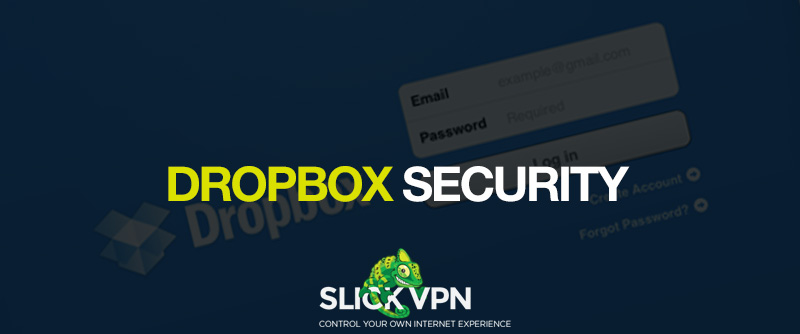
New Security Standards Follow Dropbox Password Breach
According to the company, it appears that stolen usernames and passwords from other websites allowed hackers to log into some Dropbox accounts, one of which belonged to an employee’s account. A document in the employee’s account contained users’ email addresses. From there, the company says spam for gambling websites was sent to customers.
The company has come under fire from security experts who point out that the company should have done more to prevent such a breach from occurring. In response, the company has implemented new security measures to avoid such a breach from occurring in the future.
Users will be able to access log-in history, allowing them to check for any unauthorized access to their account. Automated systems have also been installed that are designed to detect any unusual activity. What’s more, the company is also allowing members to use two-factor authentication that would create another step to authorize access to the account in addition to entering a password. In Dropbox’s two-factor system, a code would be texted to the customer’s phone that they would use to gain access.
The breach has led many to question the security of free cloud storage services, some of which are weakly protected. Some experts are calling for added security measures to protect contents of user cloud storage accounts and prevent future security breaches.
In addition to implementing these new security measures, the company has also urged customers to use a unique password for all of their accounts and for each internet site they access. This is a personal internet security measure that all users should take. Create a different password for all of your accounts, and change them regularly to avoid unauthorized access to any of your accounts. If hackers gain access to one account, and you use the same password for other accounts—such as banking or cloud storage accounts—they may then use that password to gain access to those accounts as well.
